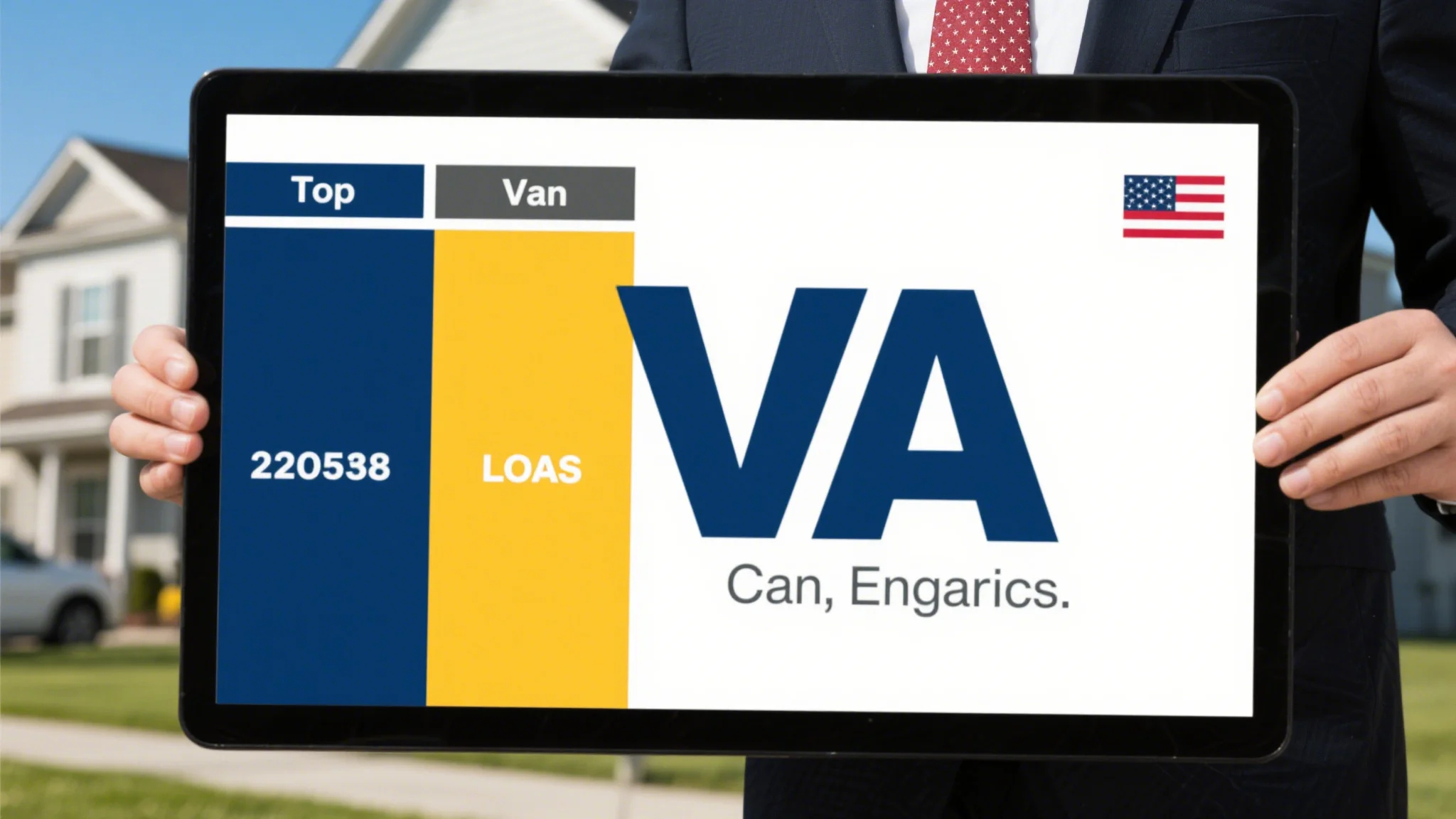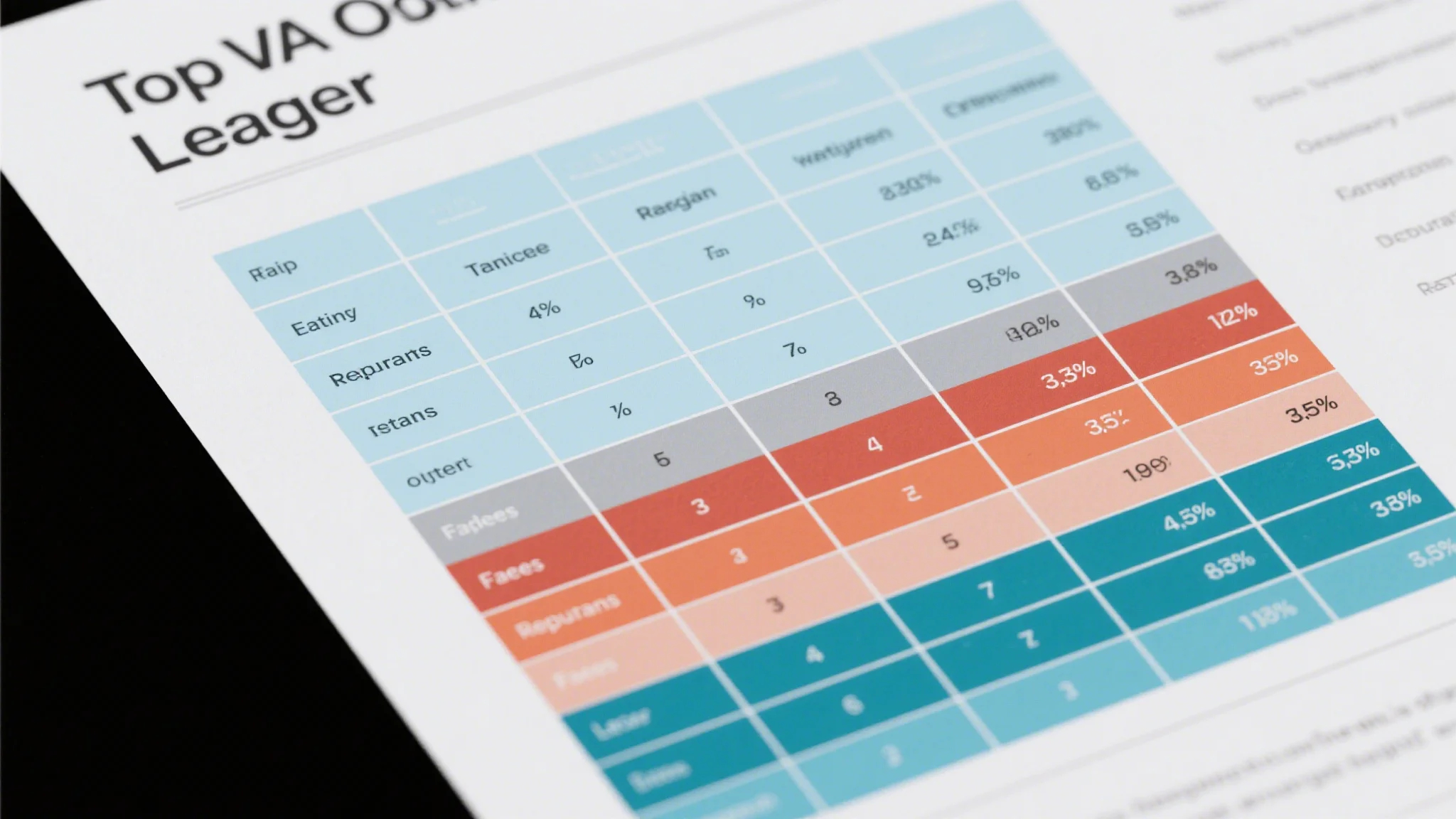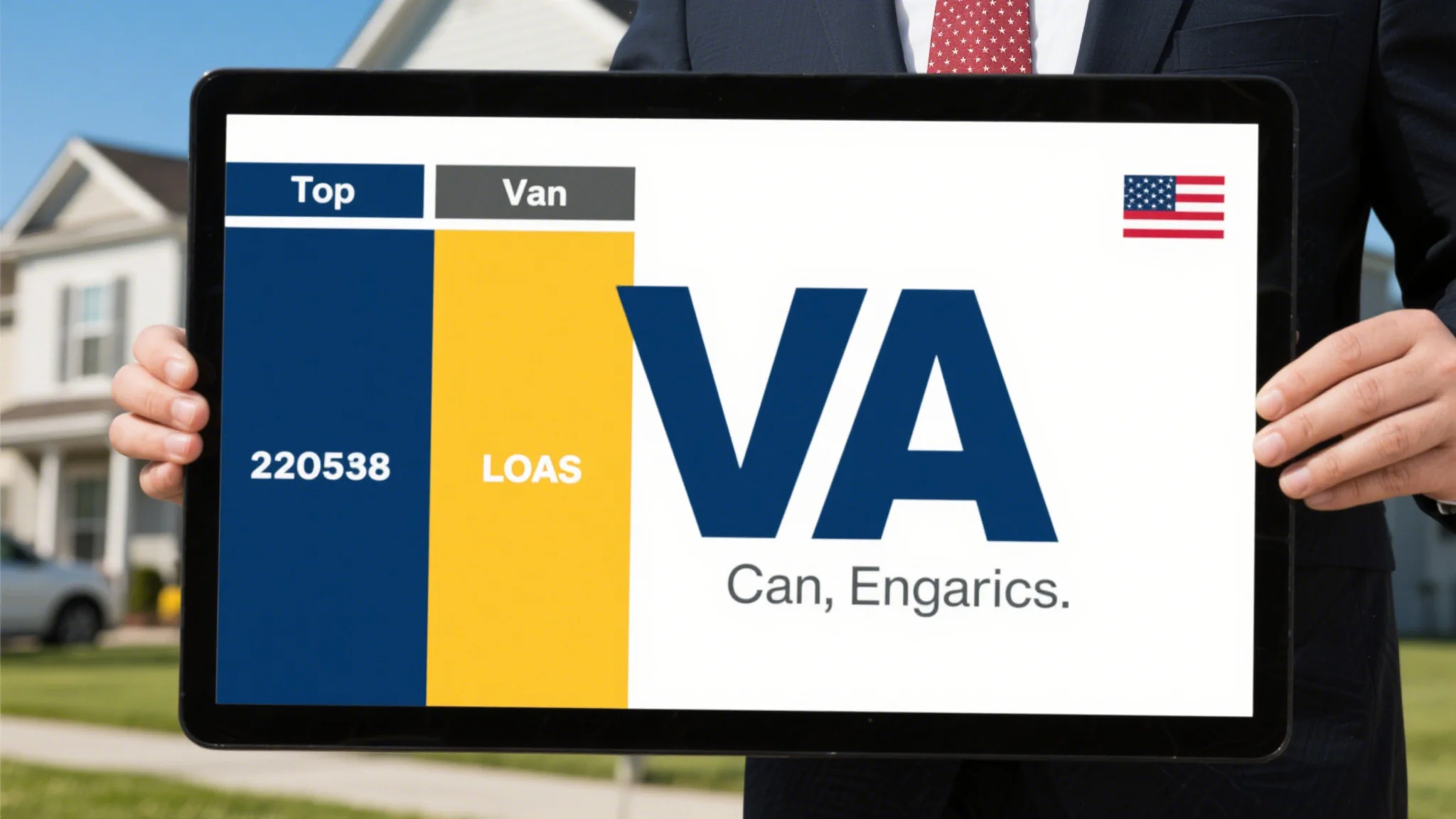Understanding VA Home Loans and Eligibility Criteria
In 2025, the VA home loan program remains one of the most sought-after financing options for veterans, active-duty service members, and eligible family members. This loan program, backed by the U.S. Department of Veterans Affairs (VA), offers unique benefits that make it a top choice for those looking to purchase a home. However, qualifying for a VA home loan requires meeting specific criteria. In this guide, we’ll walk you through the steps to qualify for a VA home loan in 2025, ensuring you’re well-prepared to take advantage of this incredible opportunity.

What is a VA Home Loan?
A VA home loan is a mortgage option provided to eligible military service members and veterans. Unlike conventional loans, VA loans are guaranteed by the government, which means lenders are protected against losses if the borrower defaults. This guarantee allows VA loans to offer more favorable terms, such as no down payment and lower interest rates.
Who Can Qualify for a VA Home Loan in 2025?
To qualify for a VA home loan in 2025, you must meet the following criteria:
Military Service: You must have served in the U.S. military, including the National Guard or Reserve.
Eligibility: You must meet one of the following categories:
Active-duty service members.
Veterans.
Spouses of deceased veterans.
Certain surviving family members of military personnel who died in the line of duty.
Service Requirements: You must have served for a specific period or under specific circumstances. For example:
At least 90 consecutive days of active duty during wartime.
At least 181 days of active duty during peacetime.
Completion of a VA-approved training program.
Residency: You must intend to live in the home as your primary residence.
Key Benefits of a VA Home Loan in 2025
Before diving into the eligibility process, it’s important to understand the benefits of a VA home loan:
No Down Payment: VA loans allow you to purchase a home with zero down payment, making homeownership more accessible.
Low Interest Rates: VA loans typically offer lower interest rates compared to conventional loans.
Flexible Credit Requirements: VA loans have more flexible credit criteria, making it easier for borrowers with less-than-perfect credit to qualify.
No Private Mortgage Insurance: Unlike other loan types, VA loans do not require private mortgage insurance, reducing your monthly costs.
How to Determine Your Eligibility
To determine if you qualify for a VA home loan in 2025, you’ll need to obtain a Certificate of Eligibility (COE). This document confirms your eligibility for the VA loan program. Here’s how to get it:
Apply Online: Visit the VA’s online portal to apply for your COE. This is the fastest and most convenient method.
Provide Documentation: You’ll need to submit proof of military service, including discharge papers (DD 214) or a letter from your commanding officer.
Wait for Approval: The VA will review your application and issue your COE, which is typically processed within a few weeks.
Once you have your COE, you’re ready to move forward with the loan application process.
Next Steps: Working with a VA-Approved Lender
After obtaining your COE, the next step is to work with a VA-approved lender. These lenders are specially trained to handle VA loans and can guide you through the application process.
When selecting a lender, consider the following:
Experience: Choose a lender with a proven track record of helping veterans and military families.
Reputation: Research the lender’s reviews and reputation in the industry.
Fees: Inquire about closing costs and other fees associated with the loan.
By working with a reputable lender, you can ensure a smooth and stress-free experience when applying for your VA home loan in 2025.
The VA Home Loan Application Process in 2025
Now that you’ve determined your eligibility and secured a VA-approved lender, it’s time to dive into the application process. The VA home loan application in 2025 is a straightforward process, but it requires attention to detail and thorough preparation. Let’s break it down step by step.
Step 1: Gather Required Documents
Before submitting your application, gather all the necessary documents. These include:
Photo ID: A government-issued ID, such as a driver’s license or passport.
Social Security Number: You’ll need your Social Security number for credit checks and loan processing.
Income Verification: W-2 forms, tax returns, or pay stubs to verify your income.
Bank Statements: Recent bank statements to confirm your savings and financial stability.
Credit History: A copy of your credit report.
Step 2: Pre-Approval
Once you’ve gathered your documents, the next step is to apply for pre-approval. This step is crucial as it gives you a clear idea of how much you can afford to borrow.
To apply for pre-approval:
Complete the VA loan application form provided by your lender.
Submit your application along with the required documents.
Wait for the lender to review your application and issue a pre-approval letter.
A pre-approval letter not only strengthens your position as a buyer but also helps you set a budget for your home search.
Step 3: Home Selection
With your pre-approval letter in hand, it’s time to start shopping for your dream home. Remember, VA loans have specific requirements regarding the type of property you can purchase. For example:
The home must be your primary residence.
The property must be appraised by a VA-approved appraiser.
When selecting a home, consider the following:
Location: Choose a location that fits your lifestyle and long-term goals.
Condition: Inspect the property thoroughly to ensure it meets your needs and budget.
Appraisal: Work with your lender to schedule an appraisal of the property.
Step 4: Loan Approval and Closing
Once you’ve selected a property, the next step is to secure loan approval. This involves:
A thorough review of your application by the lender.
A final appraisal of the property to determine its market value.
A credit check to ensure you meet the lender’s criteria.
If your application is approved, you’ll proceed to the closing process. Closing involves finalizing the loan terms, signing the necessary documents, and completing the transfer of ownership.
Step 5: Securing Your Loan
On the closing day, you’ll sign the final documents and pay any remaining fees. Once everything is finalized, the lender will disburse the loan funds to the seller, and you’ll officially become a homeowner.
Additional Tips for 2025
Stay Informed: Keep up-to-date with the latest VA loan guidelines and interest rates.
Work with Professionals: Collaborate with a real estate agent and attorney who specialize in VA loans.


